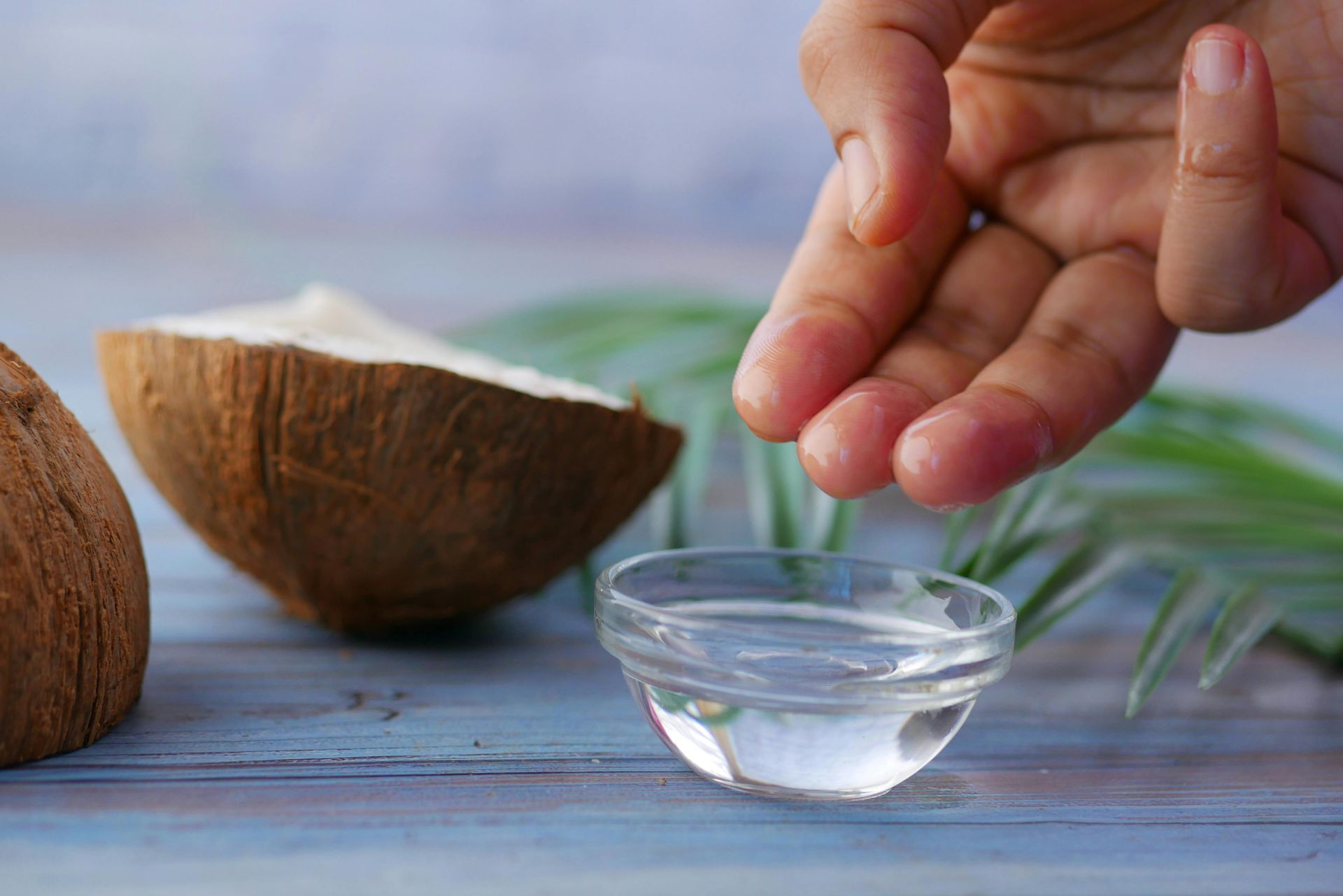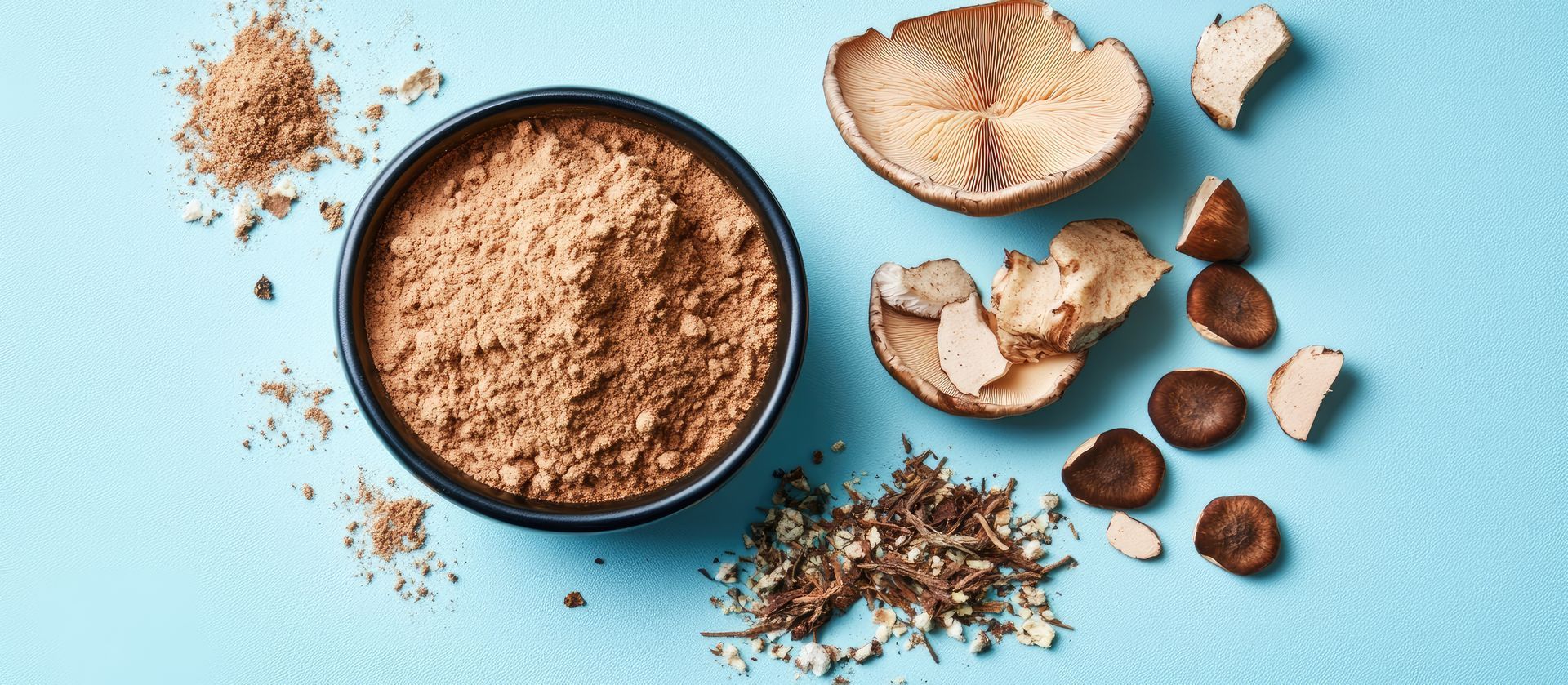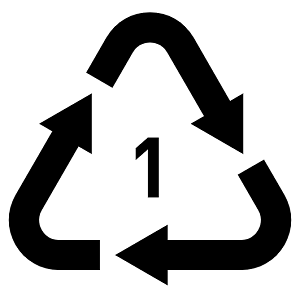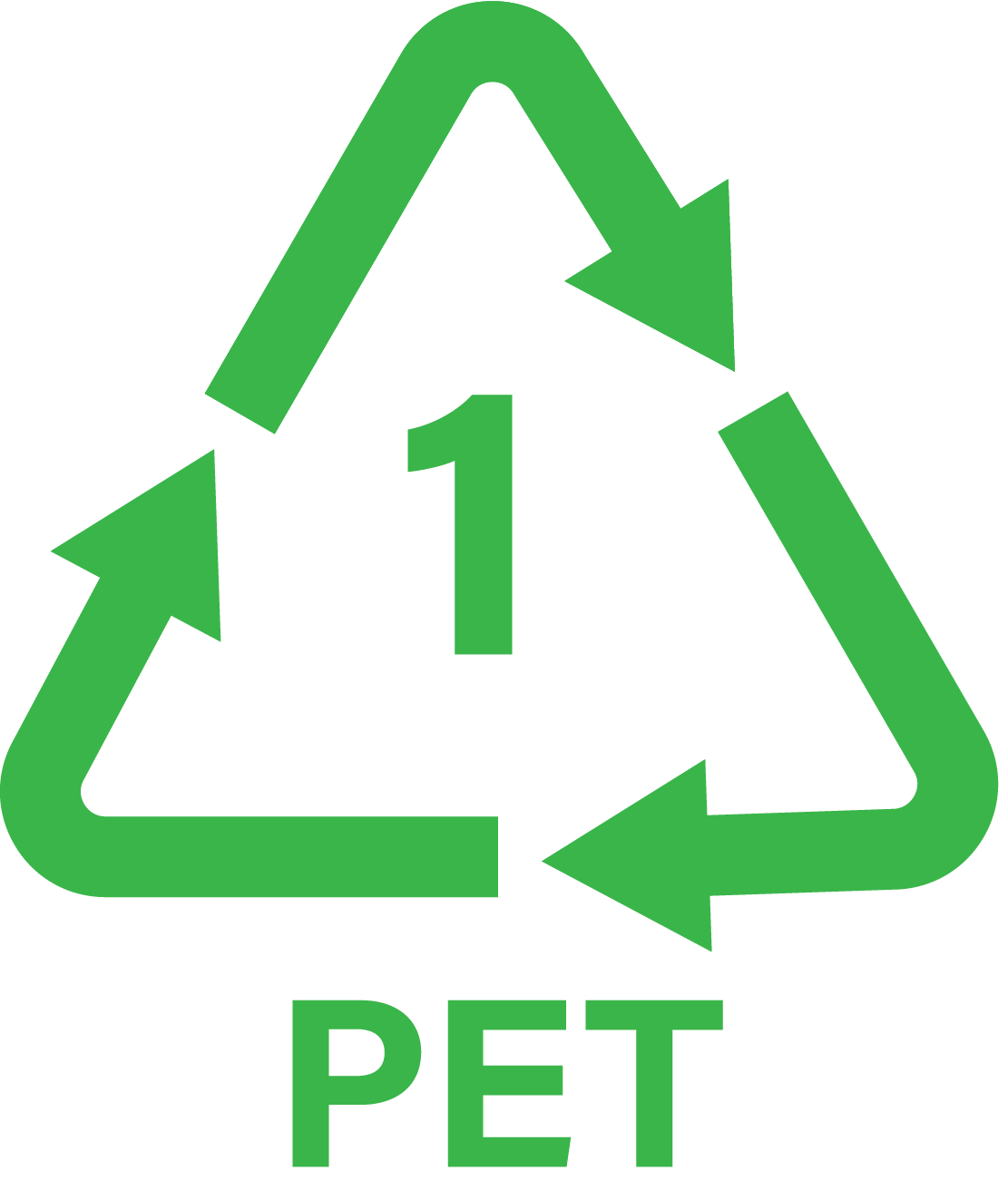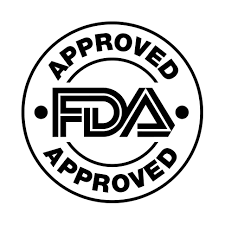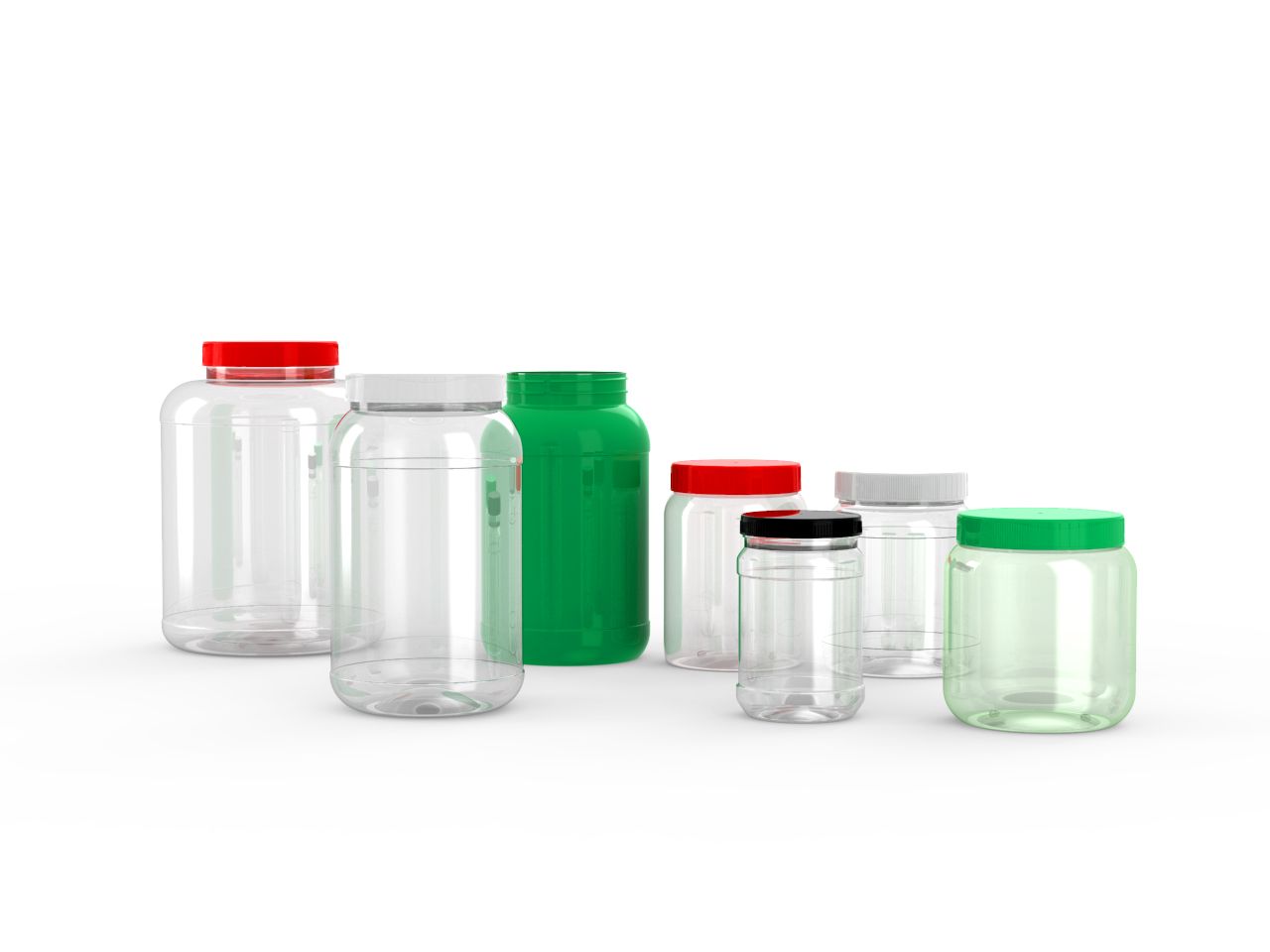Packaging Procurement in the Food and Beverage Industry for 2025
Food & Beverage Packaging - Key Dates, Trends, and Consumer Demands for 2025
With the close of 2024, the food and beverage industry now prepares for 2025, packaging procurement is poised for significant evolution. Driven by consumer demand, regulatory changes, and sustainability goals, companies must stay ahead of these shifts to remain competitive. Read on for a comprehensive look at what’s shaping the industry, the key dates to watch, and how procurement strategies need to adapt.
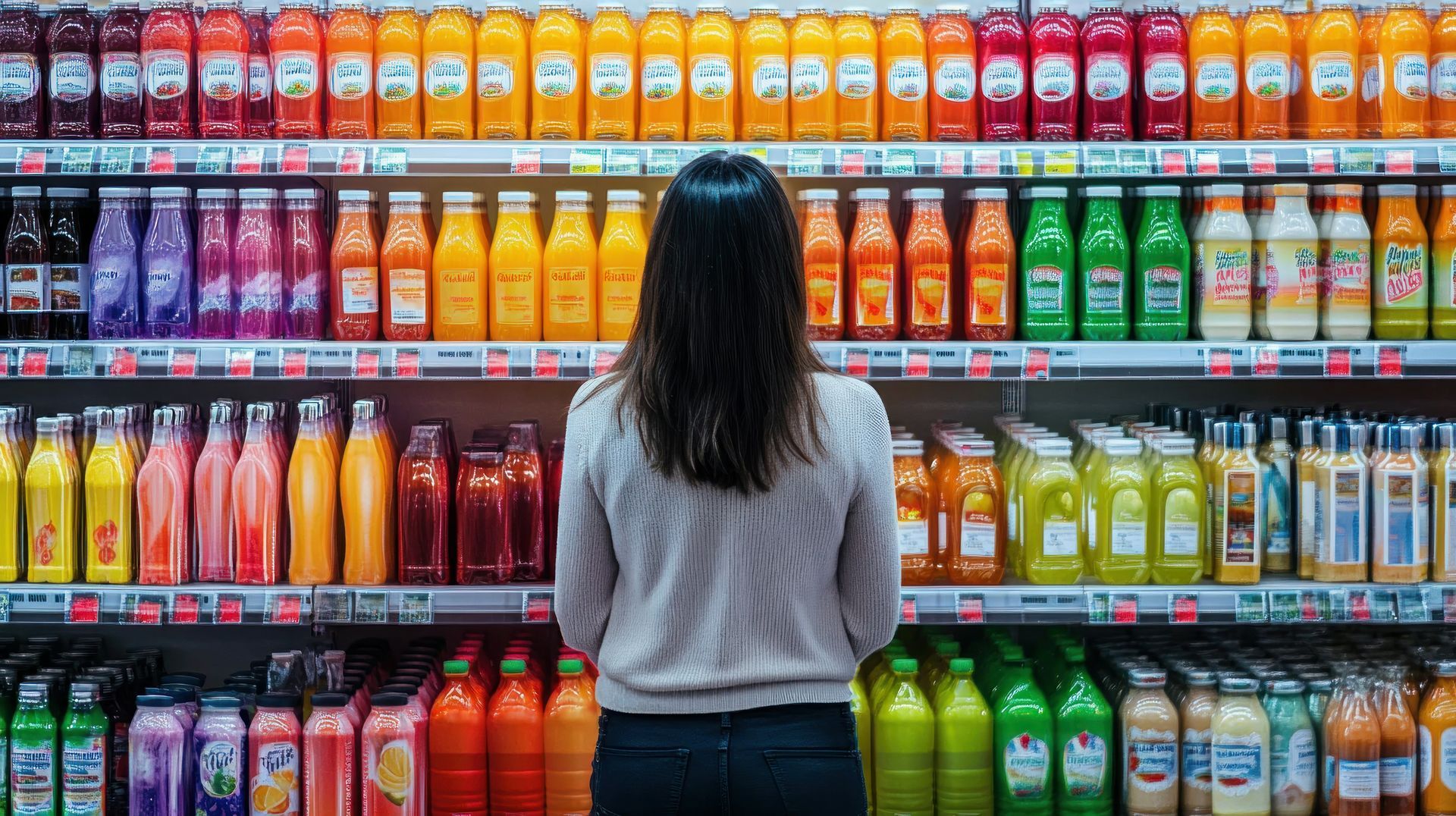
1.Sustainability as a Non-Negotiable
Consumer Demand: Sustainability has shifted from a "nice-to-have" to an essential component of packaging. Consumers are increasingly prioritizing products that use eco-friendly materials, have reduced plastic waste, and incorporate recycled content. A 2023 survey found that 70% of consumers consider sustainability when making purchasing decisions.
Procurement Implications: Companies must prioritize sourcing materials with lower environmental impact, such as biodegradable, compostable, or recycled materials. Partnerships with suppliers who adhere to circular economy principles will be essential.
Key Date: July 2025, when new EU regulations on recycled plastic content for food packaging will be enforced.
2.Compliance with Regulatory Changes
Consumer Demand: Consumers expect brands to comply with regulations that protect health, safety, and the environment. Regulatory bodies worldwide are setting stricter standards for food contact materials, labeling, and traceability.
Procurement Implications: Procurement teams must stay informed on region-specific regulations and work with suppliers to ensure compliance. Key areas to monitor include:
- EU's Packaging and Packaging Waste Regulation (PPWR): Effective January 2025, this regulation sets ambitious recycling and reuse targets for food packaging.
- FDA’s New Food Traceability Rule: Compliance becomes mandatory in March 2025, requiring companies to track and document the movement of food packaging components.
3. Smart and Connected Packaging
Consumer Demand: Consumers seek greater transparency and information on product origin, freshness, and authenticity. Smart packaging with QR codes, NFC (near-field communication), and other digital touch-points is on the rise.
Procurement Implications: Procurement teams must source and integrate connected packaging technologies. Digital twins for food packaging, RFID-enabled containers, and smart labels will become standard.
Key Date: Q2 2025, when major retailers like Walmart and Carrefour plan to adopt broader tracking and traceability initiatives for suppliers.

4. Cost Management and Inflationary Pressures
Consumer Demand: While consumers want sustainable packaging, they’re also cost-conscious. Balancing affordability with innovation will be a challenge.
Procurement Implications: Price volatility in raw materials, shipping costs, and labor will continue to affect procurement budgets. Diversifying suppliers and negotiating longer-term contracts will be critical.
Key Date: Ongoing throughout 2025, as global economic uncertainty continues to influence costs.
5. Health and Safety Enhancements
Consumer Demand: Post-pandemic, consumers prioritize food safety and hygiene, driving demand for tamper-evident, leak-proof, and secure packaging.
Procurement Implications: Sourcing packaging with anti-contamination features, antimicrobial coatings, and tamper-proof seals will be vital. Procurement teams must evaluate new suppliers and certify materials meet health standards.
Key Date: Q3 2025, when new global standards for food-safe coatings are expected to be finalized.
6. Material Innovation and New Technologies
Consumer Demand: Shoppers want innovative, visually appealing, and functional packaging. Convenience, such as resealable, microwave-safe, or freezer-safe designs, is also in demand.
Procurement Implications: Companies will need to identify and source innovative materials like mycelium-based packaging, seaweed-based films, and water-soluble sachets. Investing in R&D and supplier innovation will be crucial.
Key Date: Q4 2025, as industry leaders announce the rollout of new alternative materials and breakthrough designs.
7. Carbon Footprint Tracking and Reporting
Consumer Demand: Transparency on a product’s environmental impact is becoming a purchase driver. Carbon labeling is being adopted to show the environmental footprint of products, including packaging.
Procurement Implications: Companies must collaborate with suppliers to calculate and report the carbon footprint of packaging. New software platforms and tools for tracking packaging’s environmental impact will be required.
Key Date: December 2025, when more retailers are expected to require suppliers to disclose environmental impact data.
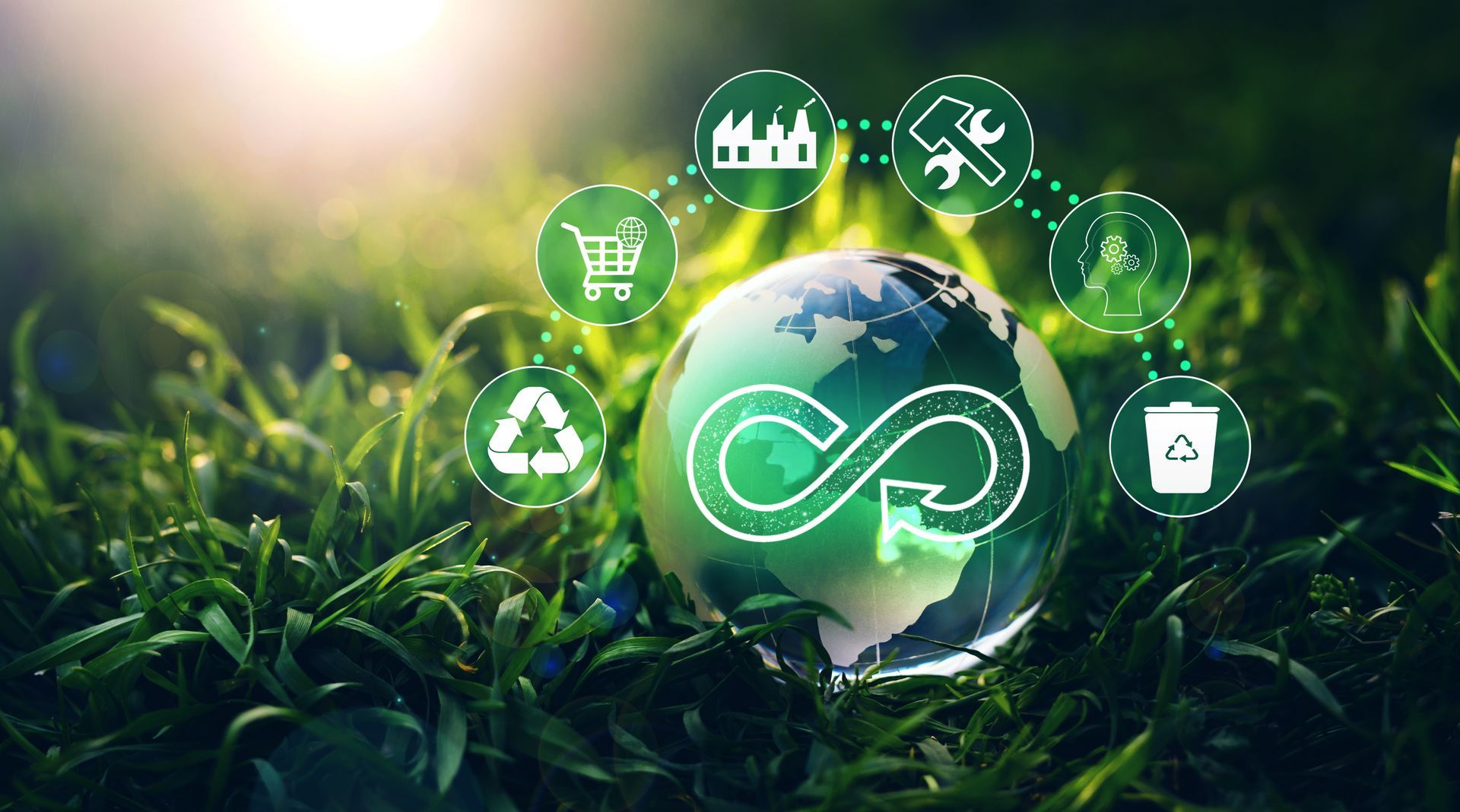
Strategic Recommendations for 2025
- Supplier Diversification: Build a resilient supply chain by identifying multiple suppliers for key materials and ensuring they meet sustainability and regulatory requirements.
- Tech-Enabled Procurement: Invest in software tools that track compliance, cost, and carbon footprint in real-time, offering better visibility and data-driven decision-making.
- Consumer-Centric Design: Align procurement decisions with consumer preferences for convenience, transparency, and sustainability.
- Long-Term Contracts: Lock in prices and terms with suppliers to protect against inflationary pressures and ensure a steady supply of sustainable materials.
Rounding Up
Packaging procurement in 2025 will be shaped by sustainability demands, regulatory deadlines, and technological advancements. To stay ahead, companies must align procurement strategies with consumer expectations and regulatory requirements. By acting on these trends and meeting key dates, businesses can future-proof their packaging strategy, reduce risks, and enhance brand loyalty.
Further References
World Economic Forum. (2023). "Building Resilient Supply Chains for Sustainable Growth".
Deloitte. (2024). "Global Inflation Outlook and Its Impact on Supply Chains."
https://www.accenture.com/us-en/insights/industry-x/reinventing-packaging
https://pactap.com/tech-enabled-packaging-platform/
https://robopacusa.com/ways-technology-is-changing-the-packaging-industry/



